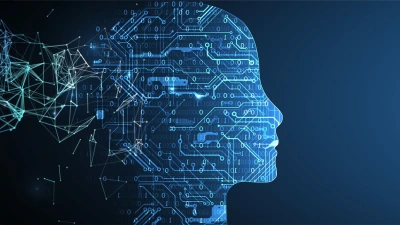Five things to expect from ETFs in 2023


According to BetaShares, the ETF industry will bounce back in 2023 after a year of market decline.
In their end of year review, the ETF provider forecast industry funds under management (FUM) to exceed $150 billion in assets by the end of 2023.
However, in its 2021 report, the firm had previously forecast FUM could be as high as $190 billion by the end of 2022, a figure that came in far lower than expected at $133 billion.
Ilan Israelstam, BetaShares chief commercial officer, said: “While I was correct that the market certainly hindered industry growth, I did not predict the extent of market declines which ultimately led to a small decline in the value of the industry”.
Looking ahead to 2023, he noted that despite volatile economic conditions on the horizon, ETF trading and inflows would recover on an upwards trend.
1. Growth in ETF investors
With now 1.9 million Australians investing in ETFs, the number of investors in 2022 grew by 6% when compared to the previous year. Israelstam expected this figure to see heightened growth in 2023 as the industry reached further maturation.
2. Industry to return to growth footing
The report stated that net inflows would see recovery this year, following a “very hard year for the broader asset management industry”.
“In terms of 2023, we believe that market conditions will continue to act as a hindrance to industry growth but expect net inflows to remain consistently positive and ultimately that the industry will return to a growth footing,” said Israelstam.
3. Growth in ESG and ethical funds
2022 was the third year in a row that ESG and ethical funds were in the top 10 for flows, which BetaShares anticipated further growth this year.
The provider’s Global Sustainability Leaders ETF, which focused on a portfolio of global stocks identified as “climate leaders”, experienced $400 million in net inflows throughout last year.
4. Increase in ETF trading
Upward trends would persist in ETF trading during 2023, “a trend we fully expect to continue in the future as the industry matures and becomes more mainstream” added the CEO. This was also likely due to the rising number of investors entering the ETF market. ASX trading values during 2022 were $117 billion, an all-time high.
5. Increased concentration of providers
The level of ETF concentration would further rise this year, according to BetaShares. The industry’s flows were the most concentrated on record during 2022, with Vanguard and BetaShares being the top two ETF issuers.
These providers received an overwhelming 90% of industry net inflows, compared to 62% in 2021. This predicted rise in 2023 was largely due to the number of industry participants sitting at just 42.
Recommended for you
Two former senior Global X employees have launched their own ETF provider, ETF Shares, focused on offering index ETFs for advisers and retail investors.
With GCQ Funds Management and Lakehouse Capital making their recent ETF debuts, the two fund managers unpack why financial advisers are essential to their respective launches.
ETF provider Global X is set to launch its latest ETF, focused on artificial intelligence infrastructure.
Index provider MSCI has unveiled two measures to make it easier for financial advisers and wealth managers to access transparent insights into private assets.















